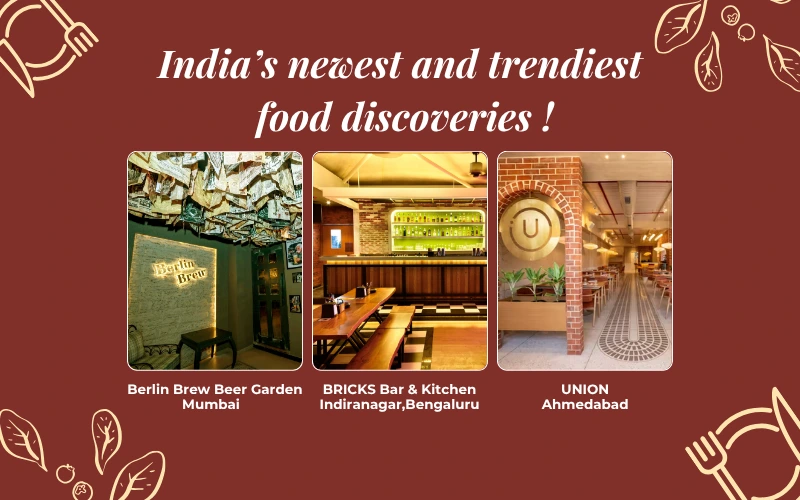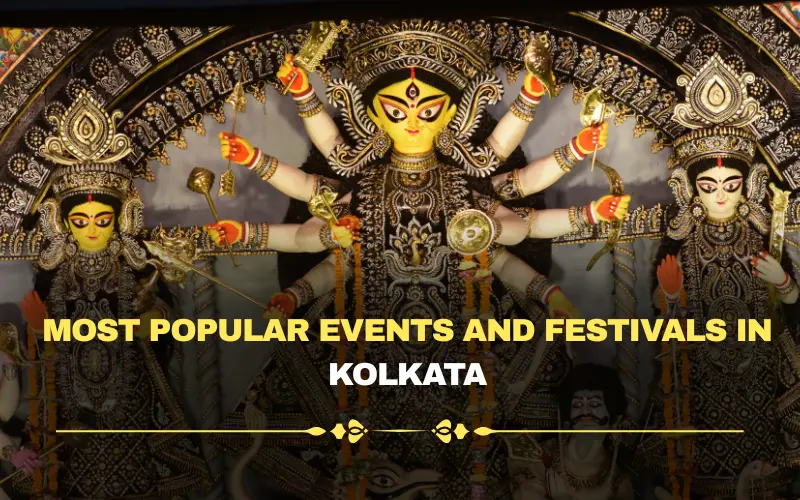India’s cultural tapestry is woven with a rich legacy of architectural wonders, and its Indian temples stand as a testament to the devotion of ancient artisans. These sacred spaces serve as spiritual sanctuaries and captivate visitors with their awe-inspiring designs, intricate carvings, and mesmerizing beauty. From the grandeur of towering gopurams to the delicate intricacies of stone sculptures, each Indian temples offers a unique architectural experience that leaves a lasting impression. Join Dhanush Kumar as we embark on a journey to unveil seven of India temples most remarkable , renowned for their unique and breath-taking architecture.
Top 7 Indian Temples
1. Sri Meenakshi Temple, Madurai

Nestled in the heart of Madurai, the Sri Meenakshi Temple stands as an architectural marvel, a testament to the Dravidian style of temple construction. Its towering gopurams, adorned with meticulously carved sculptures depicting Hindu mythological figures and scenes, are a sight to behold. The temple’s interiors are equally mesmerizing, with intricate carved pillars, halls, and shrines that showcase the incredible skill of ancient artisans.
2. Khajuraho Temples, Madhya Pradesh

The Khajuraho Temples, a UNESCO World Heritage Site, are renowned for their exquisite carvings that depict the sensuality and eroticism of human life. These intricately carved sandstone temples, dating back to the 10th and 11th centuries, are masterpieces of Indian architecture and sculpture. The level of detail and craftsmanship displayed on the temple walls is awe-inspiring, leaving visitors spellbound.
3. Sun Temple, Konark

The Sun Temple at Konark, Odisha, is a remarkable example of architectural brilliance and engineering prowess. The 13th-century marvel, designed as a massive chariot dedicated to the Sun God, is adorned with intricate carvings and sculptures depicting mythological creatures, celestial beings, and intricate patterns. The temple’s position and design were meticulously planned to capture the sun’s rays at specific times, creating a mesmerizing play of light and shadow.
4. Dilwara Temples, Mount Abu

The Dilwara Temples, nestled in the picturesque hill station of Mount Abu, Rajasthan, are a magnificent display of Jain architectural excellence. These intricately carved marble temples, dating back to the 11th and 13th centuries, are renowned for their exquisite stonework, delicate carvings, and detailed sculptures that adorn every inch of the temple walls, pillars, and ceilings.
5. Brihadeeswara Temple, Thanjavur

The Brihadeeswara temple, also known as the Big Temple, in Thanjavur, Tamil Nadu, is an architectural masterpiece that has stood the test of time. This imposing Chola-era temple, built in the 11th century, boasts a massive granite vimana that stands majestically over 216 feet tall. The temple’s intricate carvings, sculptures, and frescoes showcase the incredible skill and artistry of the Chola artisans.
6. Ranakpur Jain temples, Rajasthan

The Ranakpur Jain Temples, located in the remote villages of Ranakpur, are a true architectural gem. These intricately carved marble temples, built in the 15th century, are renowned for their exceptional craftsmanship and attention to detail. The main temple, Chamukha Temple, boasts an impressive 1,444 exquisitely carved pillars, each unique in design, showcasing the incredible skill and dedication of the artisans who created this masterpiece.
7. Akshardham Temple, Delhi

Akshardham Temple in Delhi is a modern architectural marvel that combines ancient Indian design principles with contemporary construction techniques. This massive complex, inaugurated in 2005, features intricate carvings, grand halls, and towering stone sculptures depicting Hindu mythology and sacred texts scenes. The temple’s blend of traditional and modern elements creates a unique and mesmerizing experience for visitors.
Conclusion
India’s temples are not only places of worship but also architectural wonders that captivate the senses and ignite the imagination. From the grandeur of towering gopurams to the delicate intricacies of stone carvings, these sacred spaces offer a glimpse into ancient India’s rich cultural heritage and artistic mastery.



























